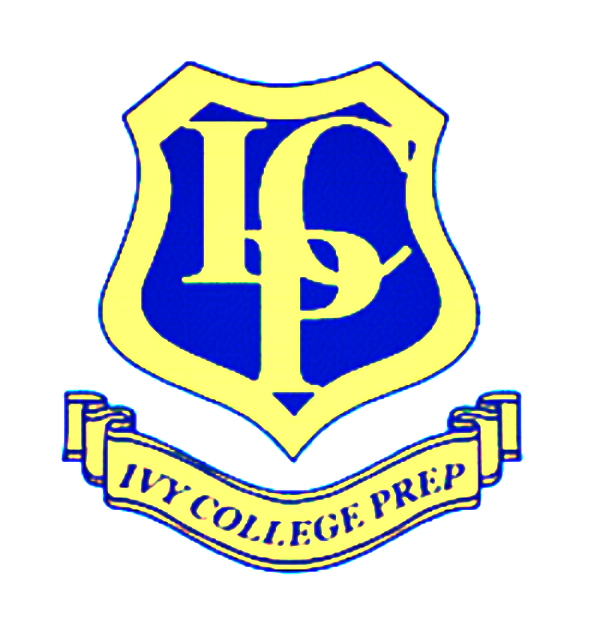Alan Krueger, a Princeton economist, and Stacy Berg Dale, an associate at the Andrew Mellon Foundation, compared students who entered the most selective schools with those who entered less prestigious schools, beginning in 1976. One of the students from Tulane, by 1995, had earned a third less than a comparable Yale graduate. (For more information on school and future earnings, please visit, “How Colleges and Salaries Match Up” at /wordpress/) Yet, then Krueger and Dale (K&D henceforth) made a slight adjustment. They took a student who had been admitted to an Ivy school, yet chose to attend a less select school, and discovered that twenty years later, this student had the same income level as others emerging from the Ivy school. A question arose: is it the school or the student who stands at the core of success?
Are these most selective schools dealing with what social scientists call “selection effects” (an example of a selection effect institution is a modeling agency) or “treatment effects” (a “treatment-effect” institution is like the military: they take you, and mold you into a soldier)? An Ivy League admissions office looks at your high SAT scores, recommendations, extracurricular activities, grades, and “intellectual vitality”. They’re selecting stellar individuals. Just how much effort is expended by these ‘most selective’ institutions to form super-achievers from the common cloth? What exactly is their value added proposition? Is your $200,000+ actually creating an enhanced product at the end of four years?
K&D went looking at who held the most prestigious positions in the country, and where they were educated. In the US Senate over a quarter of the senators held degrees from the most selective schools. Yet, over half had graduated from public schools, including a number of “state” universities: Kansas State, LSU, and Michigan State. They then looked at which schools were producing the most PhDs (1995-2004) on a relative percentage basis. No Ivies were in the top ten (http://www.grinnell.edu/offices/institutionalresearch/reports/PhDProd_F06.pdf): Harvey Mudd, Swarthmore, and Reed Colleges placed 2nd, 3rd, and 4th. Turning next to the thirty two 2009 Rhodes Scholars: fourteen are from schools including Florida State, CUNY, University of Mississippi, Santa Clara University, Drake, and UCLA. Interestingly enough, of the two UCLA Rhodes Scholars, one captained the rugby team and the other was a starter, until a season ending injury, on the Division IA football team. That information alone should dispel a lot of myths about the intellectual drive of intercollegiate athletes.
Is it the faculty? The faculty across the top 100 or 200 colleges is highly capable. No institution has a monopoly on top academic talent—though Stanford, Harvard, Princeton, MIT, Cal Tech, and Yale would like to think otherwise. What the very top, nosebleed selective schools, do offer, that the mass of very good schools possibly do not, is interaction with other highly motivated and driven students. A lot of learning is done outside the classroom; what better enhancement to education, than to be surrounded with educationally engaged, stimulating peers? That’s not to say that schools outside the top 100 or so institutions don’t have engaged student bodies, it’s just that the numbers of truly good students diminishes as you venture down the ladder.
No doubt the effects of faculty and other students on the chemistry of a school and the performance of its students come into play. Yet, these variables that drive top performance don’t just spontaneously appear at the most selective schools. They can appear in many places and catalyze a range of students to heights of performance. What it all comes down to is where are you going to be best engaged? If you automatically assume it’s at an Ivy League school, Duke, or a Stanford, then review the list of recent Rhodes scholars and think again. No place, obviously, has a monopoly on performance. It appears to be individually driven, and that person might thrive at Princeton, Reed College, Kansas State or the University of Mississippi.
